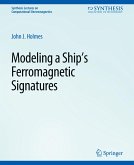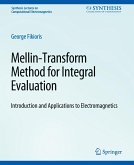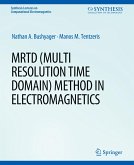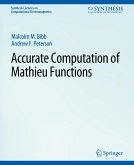This work aims to provide new introduction to the particle swarm optimization methods using a formal analogy with physical systems. By postulating that the swarm motion behaves similar to both classical and quantum particles, we establish a direct connection between what are usually assumed to be separate fields of study, optimization and physics. Within this framework, it becomes quite natural to derive the recently introduced quantum PSO algorithm from the Hamiltonian or the Lagrangian of the dynamical system. The physical theory of the PSO is used to suggest some improvements in the algorithm itself, like temperature acceleration techniques and the periodic boundary condition. At the end, we provide a panorama of applications demonstrating the power of the PSO, classical and quantum, in handling difficult engineering problems. The goal of this work is to provide a general multi-disciplinary view on various topics in physics, mathematics, and engineering by illustrating their interdependence within the unified framework of the swarm dynamics. Table of Contents: Introduction / The Classical Particle Swarm Optimization Method / Boundary Conditions for the PSO Method / The Quantum Particle Swarm Optimization / Bibliography /Index








